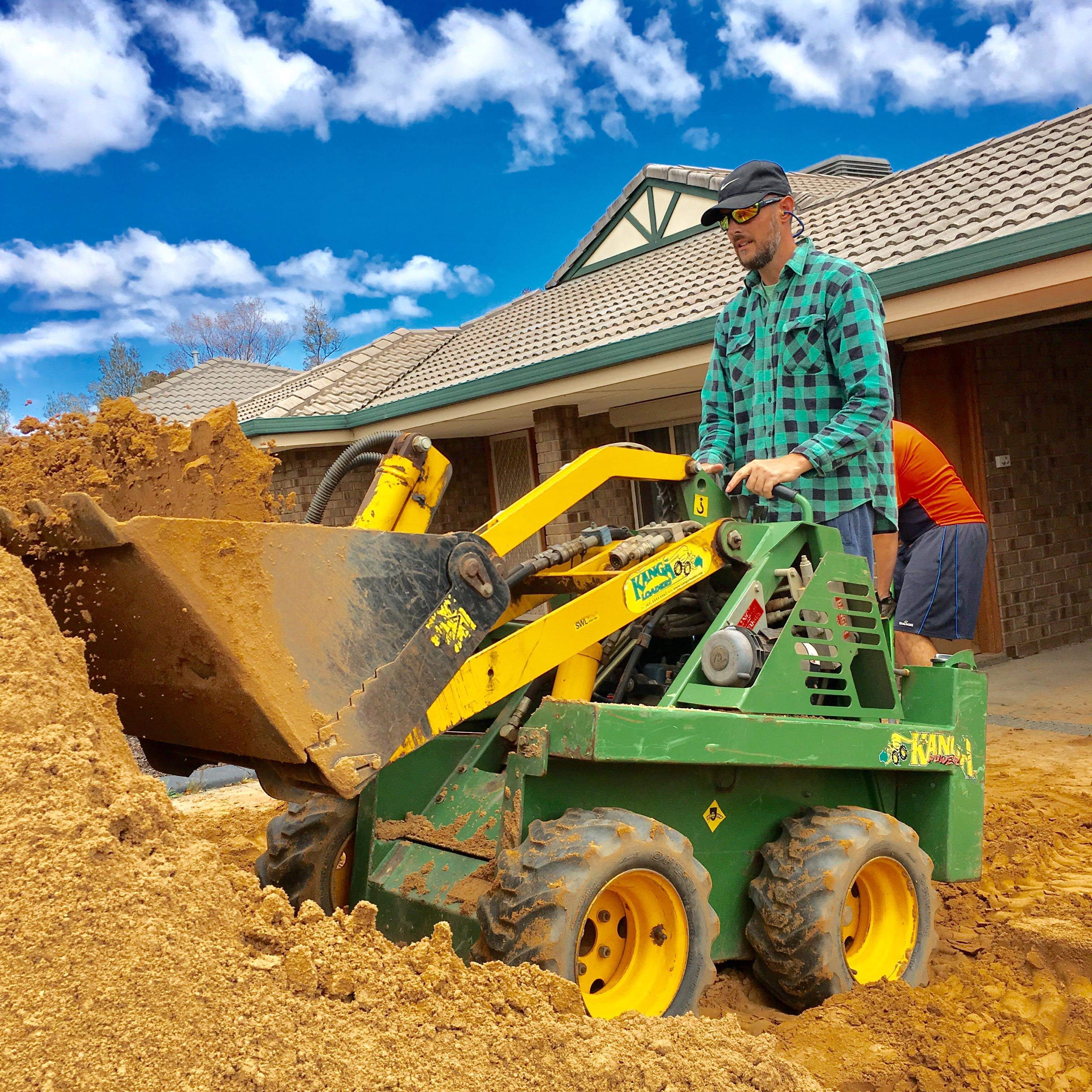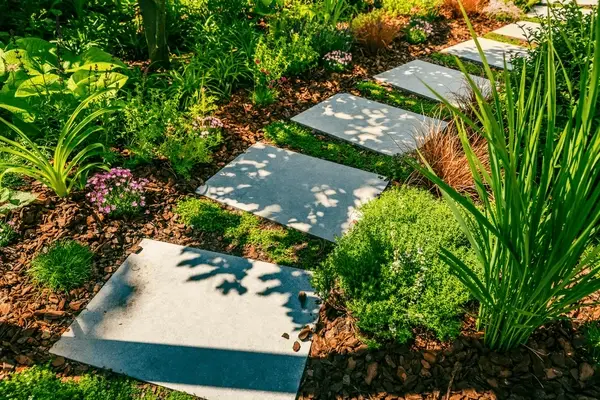The Benefits of Mulching for a Healthier Garden
- Kristien Palmer

- Jul 11
- 4 min read
Mulching is an indispensable practice for any garden enthusiast or homeowner looking to enhance the health and aesthetic of their garden. It involves the application of a protective layer of material over the soil, which can yield numerous benefits. In this blog post, we will explore the advantages of mulching, including conserving moisture, suppressing weeds, and promoting healthier plants. If you want to dive deeper into gardening tips, check out our recent post on EarthUp Garden and Home Maintenance here.
What is Mulching?
Mulching is the process of covering the soil around plants with various materials to create a protective barrier. There are two main types of mulch: organic and inorganic. Organic mulches include materials like wood chips, straw, grass clippings, or shredded leaves. In contrast, inorganic mulches consist of rocks, plastic, and landscape fabric. Each type serves a specific purpose and has its own set of benefits.

Conserving Moisture
One of the primary benefits of mulching is its ability to conserve moisture in the soil. In regions like Adelaide, where the climate can be quite dry, maintaining soil moisture is essential for plant health. A layer of mulch significantly reduces evaporation, which helps retain the moisture necessary for plants to thrive.
For example, studies show that gardens with a thick layer of mulch can retain up to 50% more moisture compared to bare soil. This is particularly beneficial during hot summer months when water needs increase. By implementing a good mulching strategy, you can cut down on watering time and costs, while simultaneously promoting healthier plants that are better equipped to withstand drought conditions.

Suppressing Weeds
Another significant advantage of mulching is its effectiveness in suppressing weed growth. Weeds compete with your desired plants for nutrients, water, and sunlight. By applying mulch, you create a barrier that prevents sunlight from reaching weed seeds, thus inhibiting their growth.
Research has shown that a layer of mulch can reduce weed growth by up to 80%. Not only does this make gardening easier, but it also means you'll spend less time pulling weeds and more time enjoying your beautiful garden.
In addition to effectiveness, using organic mulch can actually improve your soil over time. As organic materials break down, they enrich the soil with nutrients, further benefiting your plants and making your gardening efforts even more rewarding.

Promoting Healthier Plants
Healthier plants are the cornerstone of any thriving garden, and mulching plays a crucial role in achieving this. By moderating soil temperature, mulches protect plant roots from extreme heat or cold. During hot weather, the soil remains cooler, while in colder months, the mulch helps insulate the soil.
Moreover, organic mulches improve soil structure and fertility as they decompose. They provide vital nutrients, enhance microbial activity, and improve drainage. As a result, you can expect healthier and more resilient plants, right from the veggies in your vegetable patch to the stunning blooms in your flower beds.
Beyond aesthetics, healthy plants also attract beneficial insects that can assist in pollination and pest control, contributing to an overall balanced ecosystem in your garden.
Choosing the Right Mulch
Selecting the right type of mulch is essential to maximize its benefits. When choosing materials, consider the following factors:
Type of Plants: Different plants have varying needs. For instance, vegetable gardens may benefit from straw or grass clippings, while ornamental gardens might look good with wood chips or decorative pebbles.
Climate: In Adelaide's hot climate, light-colored mulches may help reflect sunlight and keep the soil cooler, whereas dark-colored mulches can absorb heat and should be used with caution.
Longevity: Some mulches break down faster than others. If you prefer a low-maintenance option, inorganic mulches like gravel will last longer than organic options, which require regular replenishment.
With these guidelines, you can make informed decisions about which type of mulch best serves your garden's needs.
Getting Started with Mulching
If you're excited to start mulching but unsure where to begin, here are some actionable steps:
Clean the Area: Remove any weeds or debris from the garden bed. A clean surface will help mulch adhere better and improve its effectiveness.
Select Your Mulch: Based on the factors discussed above, choose the right mulching material for your garden.
Apply the Mulch: Spread a layer of mulch that is 2-4 inches thick. Avoid piling it against plant stems to prevent rot and encourage airflow.
Monitor and Maintain: Regularly check the condition of your mulch. Top it up as necessary, especially after heavy rains or winds that may wash it away.
Engage and Learn More: For more tips and best practices, feel free to engage with our content on social media, including insights from EarthUp Garden and Home Maintenance here.
By following these steps, you'll set your garden on the path to success.
Amplifying Garden Aesthetics
In addition to the health benefits, mulching enhances the overall appearance of your garden. A well-mulched garden looks neater and more polished. Whether you prefer the earthy tones of wood chips or the modern look of black mulch, a fresh layer can give your garden a complete makeover.
Beyond aesthetics, the psychological benefits of gardening have been well-documented. A beautiful, well-maintained garden can reduce stress and elevate mood, making gardening not just a chore, but a fulfilling hobby.
So why wait? Start mulching today for healthier plants and a more beautiful outdoor space.
By incorporating mulching practices in your gardening routine, you not only improve the health of your plants but also create a more resilient and visually appealing environment. Don't forget to check out our latest gardening tips and join the community by visiting EarthUp Garden and Home Maintenance here. Happy gardening!




Commentaires